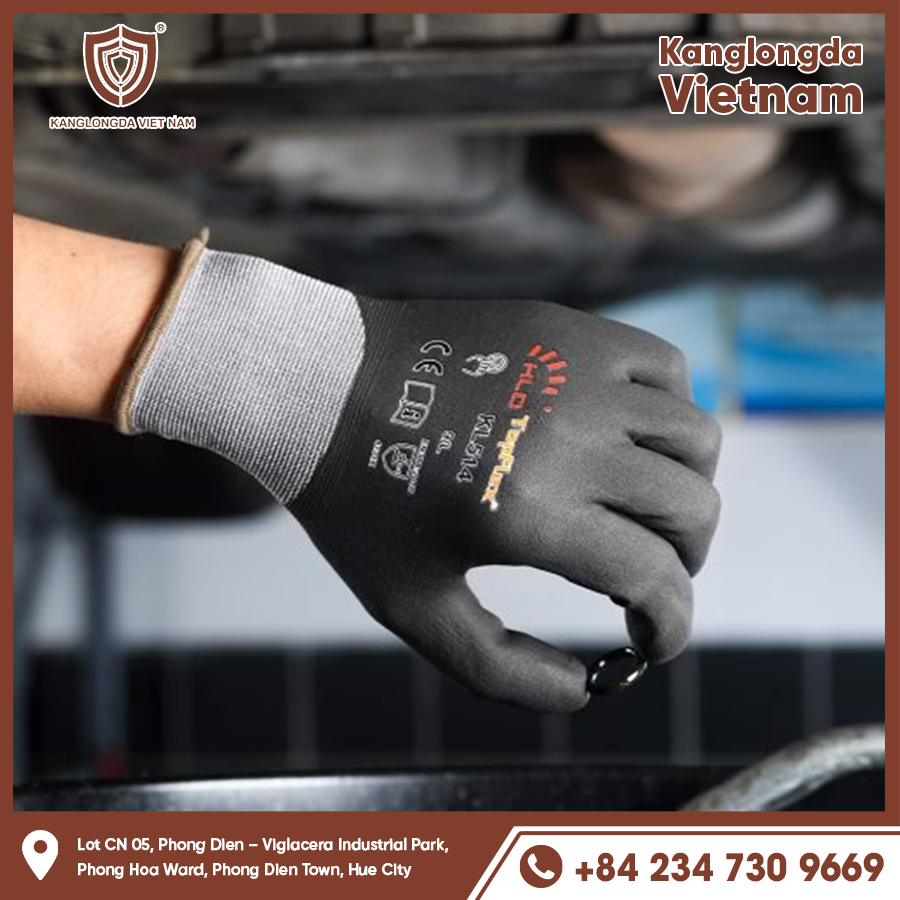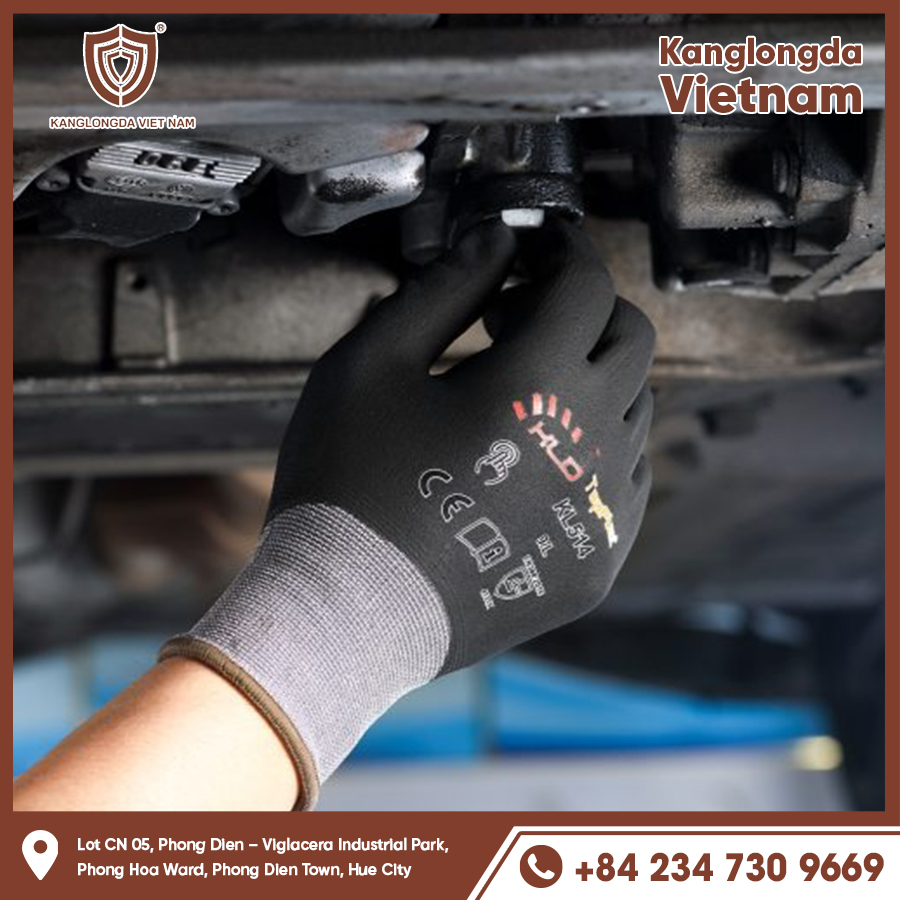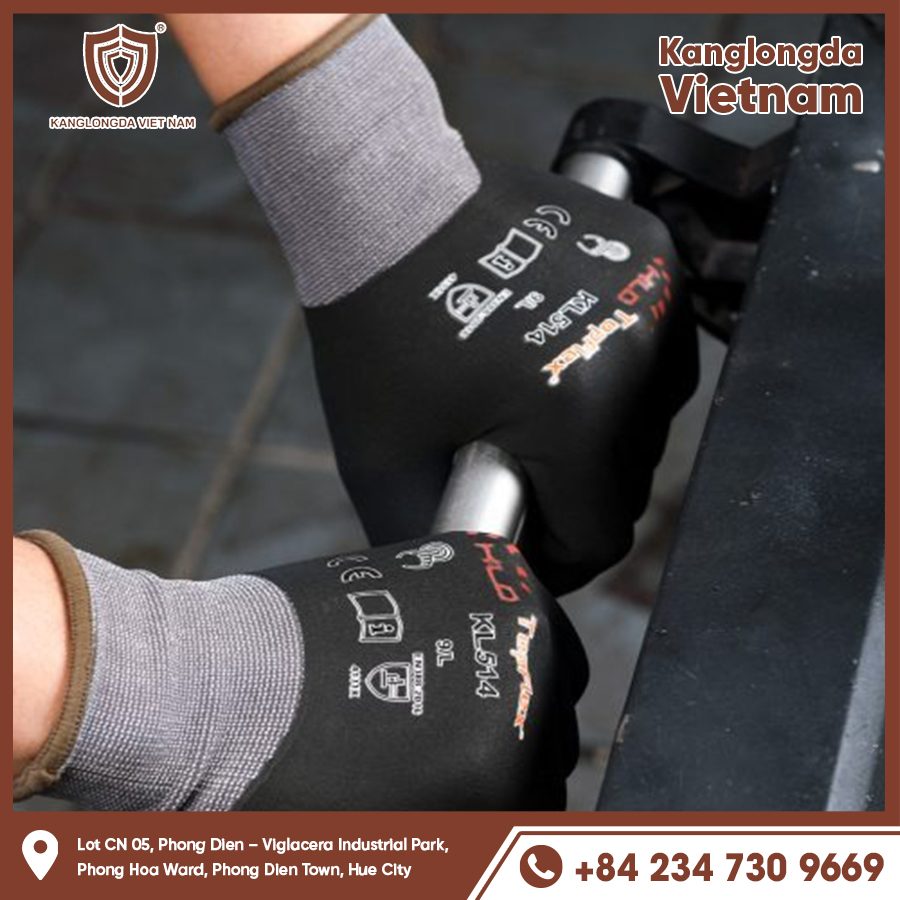Warm gloves are an essential part of any winter gear setup, offering critical protection from freezing temperatures and the elements. Whether you’re out walking your dog, commuting to work, hiking a snowy trail, or working in construction, the right pair of warm gloves keeps your hands dry, nimble, and cozy. This comprehensive guide explores the many types of warm gloves available, their features, materials, and how to pick the best pair for your specific needs.

Why Warm Gloves Are Essential in Cold Climates
Protecting Your Hands from Frostbite and Cold Injuries
When exposed to cold for extended periods, your hands are especially vulnerable. Frostbite and other injuries can occur rapidly in subzero conditions. A good pair of warm gloves traps body heat, helps maintain circulation, and acts as a barrier against biting cold and wind.
Maintaining Dexterity in Freezing Weather
Cold fingers become stiff and difficult to move. This can impact productivity and even safety. Gloves designed for warmth and mobility ensure that you can operate tools, drive, use electronics, or tie knots without removing them.
Improving Comfort in Everyday Winter Activities
Beyond safety, warm gloves enhance comfort during everyday winter tasks like shoveling snow, waiting at a bus stop, or shopping at outdoor markets. You’ll notice a major difference in how pleasant winter outings feel when your hands are warm.
Types of Warm Gloves for Different Uses
Winter Sports Gloves
Designed for maximum protection, winter sports gloves often feature multi-layered insulation, waterproof membranes, and adjustable cuffs. Popular among skiers, snowboarders, and mountaineers, these gloves are built to withstand harsh alpine conditions.
Work Gloves for Cold Conditions
These gloves need to be tough as well as warm. Typically made with leather or heavy-duty synthetics, warm work gloves have reinforced palms and thermal liners to help professionals in construction, warehouse work, or delivery services function in cold temperatures.
Casual and Fashion Gloves
Fashion doesn’t need to come at the cost of warmth. Casual gloves made of wool, knit, or synthetic blends can be both stylish and functional. Many include faux-fur linings, touchscreen fingertips, and elegant stitching for a refined winter look.
Top Materials Used in Warm Gloves
Fleece and Wool
Wool naturally regulates heat and moisture, making it ideal for gloves. Fleece, on the other hand, is lightweight, quick-drying, and soft, providing all-day comfort. Both are great for everyday use or layering under other gloves.
Thinsulate and Synthetic Insulation
Thinsulate is one of the most widely used insulations in performance gloves. It traps body heat in a small footprint, making gloves less bulky while still keeping hands warm. Other synthetics like HeatKeep and Heatlok are also used in budget-friendly options.
Leather and Hybrid Materials
Leather is favored for its durability and natural resistance to wind. Gloves with leather exteriors and synthetic interiors combine style with technical performance. Some winter gloves also integrate neoprene, Gore-Tex, or polyurethane for enhanced waterproofing and windproofing.

Features That Make a Pair of Gloves Truly Warm
Insulation Thickness and Quality
Warmth often comes down to how well gloves insulate your hands from the cold. Look for gloves with double-layer or triple-layer insulation if you’re spending long periods outdoors.
Windproof and Waterproof Layers
Even with good insulation, gloves will fail to keep you warm if they allow wind and moisture in. Windproof outer shells and waterproof membranes like Gore-Tex keep your hands dry and toasty even in rain or snow.
Cuff Design and Wrist Closures
Cold air can creep in through gaps at the wrist. Look for gloves with extended cuffs, Velcro straps, or drawcords. Some models include knit wrist gaiters underneath the outer shell to seal in warmth.
How to Choose the Right Warm Gloves for Your Needs
Identify Your Primary Use
Are you using gloves for skiing, biking, manual labor, or city walking? Warmth, flexibility, and durability requirements vary. Identify the main task, and prioritize insulation and materials accordingly.
Determine Your Temperature Range
Some gloves are rated for specific temperature ranges (e.g., -20°C to 5°C). If you expect extreme conditions, look for gloves tested in those temperatures. Midweight gloves work well for average winters.
Pay Attention to Fit and Sizing
Measure your hand according to brand-specific sizing guides. Gloves that are too tight will restrict blood flow, while oversized gloves can let in cold air. Some people prefer liners for added warmth and flexibility.
Care and Maintenance for Long-Lasting Warmth
Cleaning and Washing Guidelines
Follow instructions on the label. Most warm gloves should be hand-washed with cold water and mild detergent. Avoid machine drying, bleach, and strong chemicals that can break down insulation or damage waterproof coatings.
Drying and Storing Properly
Always air dry gloves flat and away from direct heat sources. Once completely dry, store them in a breathable bag or container to prevent mildew. Avoid folding or crushing insulated gloves during storage.
Inspecting for Wear and Repair
Check regularly for wear at the fingertips, palm, and seams. Some manufacturers offer repair kits or replacement liners. Small tears or exposed insulation may be patched at home using waterproof tape or sealant.
Warm Gloves for Touchscreen Use
Etip and Touchscreen-Compatible Gloves
Many warm gloves today allow you to operate your smartphone without removing them. Look for gloves with conductive material on the index finger and thumb.
Balancing Touch Sensitivity and Insulation
Not all touchscreen gloves are equally warm. The best models combine lightweight insulation with responsive touchscreen material, allowing both warmth and usability.
Best Use Cases for Touchscreen Warm Gloves
Perfect for urban environments, delivery workers, or outdoor photographers, touchscreen-compatible gloves let you stay connected while staying warm. They’re especially helpful when using navigation apps in winter.
Layering Techniques for Maximum Warmth
Using Glove Liners
Liners add an extra layer of warmth and wick moisture from the skin. Thin liners made from silk or merino wool can be worn under heavier gloves for enhanced heat retention.
Combining Mittens and Gloves
For extremely cold conditions, some people wear glove liners under mittens. This method gives you the warmth of mittens and the flexibility to remove them when dexterity is needed.
Choosing Convertible or Modular Gloves
Convertible gloves offer finger access when needed, usually through fold-back mitten covers. Modular gloves let you switch out liners or outer shells based on the activity or temperature.

Finding the right pair of warm gloves can transform your winter experience. From lightweight fleece-lined gloves for city walks to heavy-duty leather gloves for extreme work environments, the market offers options for everyone. Consider insulation, materials, fit, and your specific needs when shopping. Don’t overlook features like windproofing, waterproofing, touchscreen compatibility, and wrist closures—they can significantly enhance warmth and comfort. With proper care and maintenance, a good pair of warm gloves will serve you for many winters to come. Choose wisely and keep your hands warm no matter what the weather brings.






